When Should I Use A Monopod ?
A monopod is typically used when you need additional stability for your camera or other equipment while shooting. It can be particularly useful in situations where you need to minimize camera shake, such as when shooting in low light conditions or using a telephoto lens with a long focal length. Additionally, a monopod can be helpful when you need to quickly adjust the height or angle of your camera without the bulk and setup time required for a tripod. Overall, using a monopod can help improve the sharpness and stability of your photographs or videos, making it a valuable tool for photographers and videographers.
1、 Photography: Enhancing stability for long-exposure shots and telephoto lenses.
When should I use a monopod? A monopod is a versatile tool that can be used in various photography situations. One of the primary reasons to use a monopod is to enhance stability for long-exposure shots and when using telephoto lenses.
Long-exposure shots require a steady hand to capture sharp images, especially in low-light conditions. Holding a camera for an extended period can lead to camera shake, resulting in blurry images. By using a monopod, you can stabilize your camera and reduce the risk of camera shake, allowing you to capture clear and sharp long-exposure shots.
Telephoto lenses have a longer focal length, which makes them heavier and more challenging to hold steady. When using a telephoto lens, even the slightest movement can result in image blur. A monopod provides additional support, reducing the strain on your arms and allowing you to maintain stability while shooting with telephoto lenses. This is particularly useful when photographing wildlife, sports events, or any situation where you need to capture distant subjects.
In addition to stability, a monopod also offers other advantages. It provides a quick and easy way to adjust the height of your camera, allowing you to shoot from different angles without the need to constantly adjust a tripod. It is also more portable and lightweight compared to a tripod, making it a convenient option for photographers on the go.
However, it's important to note that a monopod does not provide the same level of stability as a tripod. It can still be affected by wind or uneven surfaces, so it's essential to choose the right tool for the specific shooting conditions.
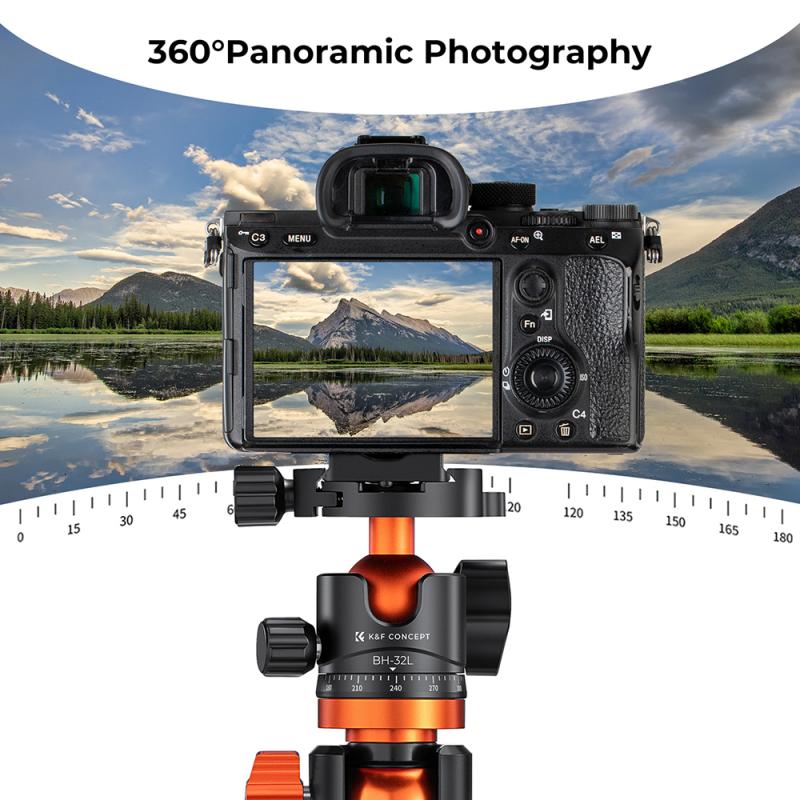
2、 Videography: Reducing camera shake while filming handheld footage.
When should I use a monopod? One of the main reasons to use a monopod is to reduce camera shake while filming handheld footage. Videography often requires capturing smooth and stable shots, and using a monopod can greatly improve the quality of your footage.
Camera shake is a common issue when shooting handheld, especially when using heavy or long lenses. Even the steadiest hands can introduce slight movements that result in shaky footage. This is where a monopod comes in handy. By providing a single point of contact between the camera and the ground, it helps stabilize the camera and reduces unwanted movements.
A monopod is particularly useful in situations where tripods are not practical or allowed. For example, in crowded areas or when shooting in tight spaces, setting up a tripod may not be feasible. In such cases, a monopod offers a more portable and flexible solution. It allows you to quickly set up and adjust your camera position while still providing stability.
Additionally, using a monopod can also help reduce fatigue during long shooting sessions. Holding a camera for extended periods can strain your arms and lead to shaky footage. By using a monopod, you can distribute the weight of the camera and alleviate some of the strain, allowing you to shoot for longer periods without compromising stability.
In recent years, advancements in image stabilization technology have made handheld shooting more viable. However, a monopod still offers additional stability and control, especially when shooting with heavier equipment or in challenging conditions.
Overall, using a monopod is a great choice for videographers looking to reduce camera shake and capture smooth, stable footage.
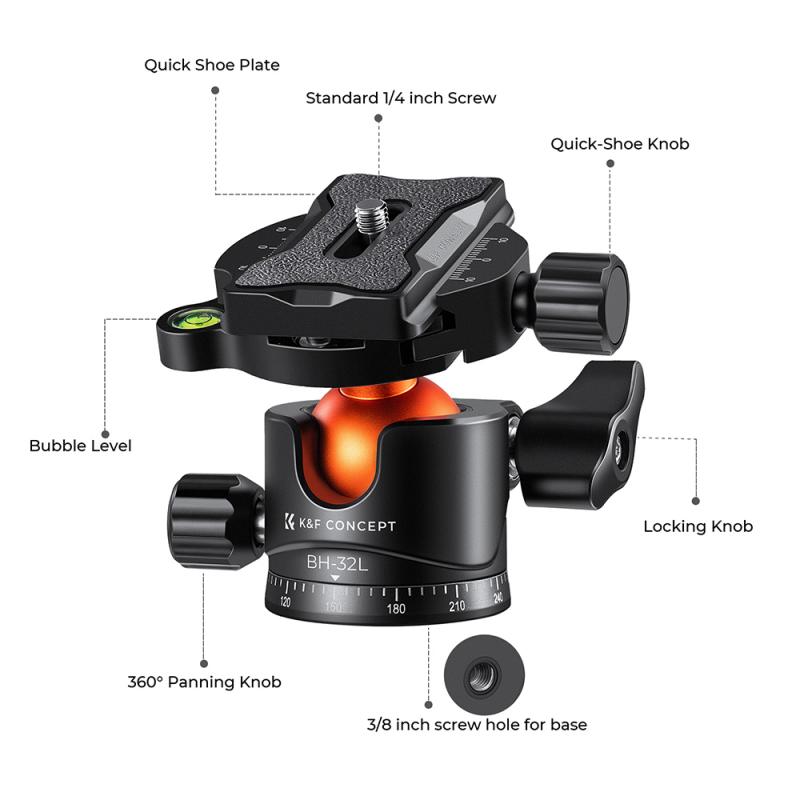
3、 Sports Events: Capturing action shots with improved stability and mobility.
When should I use a monopod? One of the most common situations where a monopod can be extremely useful is during sports events. Whether you are a professional sports photographer or simply a fan capturing action shots, a monopod can provide improved stability and mobility, allowing you to capture those fast-paced moments with precision.
Sports events are often characterized by quick movements, unpredictable actions, and a need for flexibility. Using a monopod can help you stabilize your camera and lens, reducing the chances of blurry or shaky images. It provides a solid base for your equipment, allowing you to track the action smoothly and capture sharp images.
Furthermore, a monopod offers enhanced mobility compared to a tripod. In sports events, you may need to quickly change your shooting position to capture different angles or follow the action. With a monopod, you can easily move around without the hassle of setting up and adjusting a tripod. This flexibility is particularly valuable when shooting in crowded areas or in situations where you need to react quickly to capture a specific moment.
From a latest point of view, monopods have become even more versatile with the introduction of advanced features. Some monopods now come with built-in fluid heads, allowing for smooth panning and tilting movements. This is especially beneficial when capturing sports events, as it enables you to follow the action seamlessly.
In conclusion, using a monopod during sports events can greatly enhance your photography experience. It provides improved stability, mobility, and flexibility, allowing you to capture action shots with precision. With the latest advancements in monopod technology, you can further enhance your shooting capabilities and capture stunning images of your favorite sports moments.
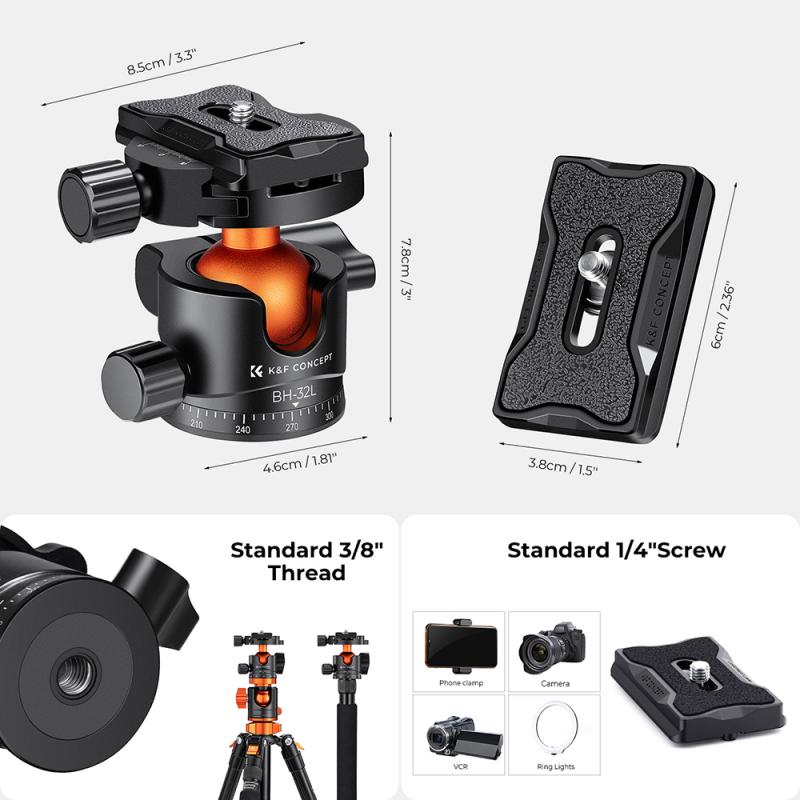
4、 Travel Photography: Assisting in capturing steady images during sightseeing.
When should I use a monopod? One of the main reasons to use a monopod is for travel photography, as it assists in capturing steady images during sightseeing. When you are exploring new places and want to capture the beauty around you, a monopod can be a valuable tool.
Traveling often involves moving quickly from one location to another, and carrying a heavy tripod may not be practical. A monopod, on the other hand, is lightweight and easy to carry, making it a convenient option for travel photography. It provides stability and helps reduce camera shake, resulting in sharper images.
Using a monopod can also be beneficial when shooting in low light conditions. In situations where you need to use slower shutter speeds to capture the scene properly, a monopod can help eliminate camera shake and produce clearer images. This is particularly useful when photographing at dusk or in dimly lit interiors.
Additionally, a monopod can be useful when shooting in crowded places or in situations where tripods are not allowed or impractical. It provides stability without taking up much space, allowing you to navigate through crowds or tight spaces more easily.
In recent years, advancements in image stabilization technology have made monopods even more effective. Some monopods now come with built-in stabilization systems, further enhancing their ability to capture steady images.
Overall, a monopod is a valuable tool for travel photography, assisting in capturing steady images during sightseeing. Its lightweight and portable nature, along with its ability to reduce camera shake, make it a practical choice for photographers on the go.
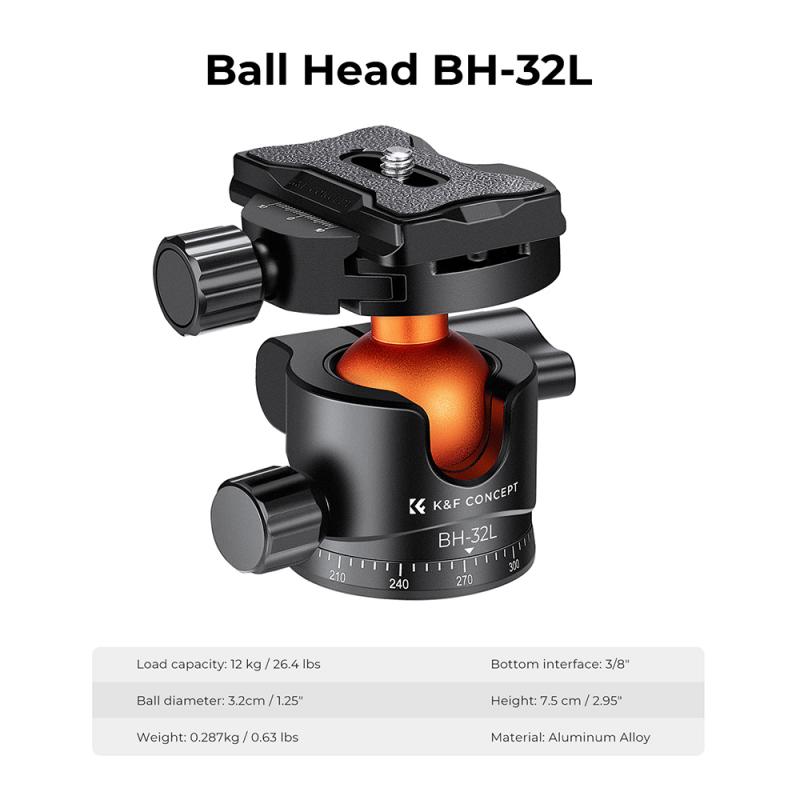










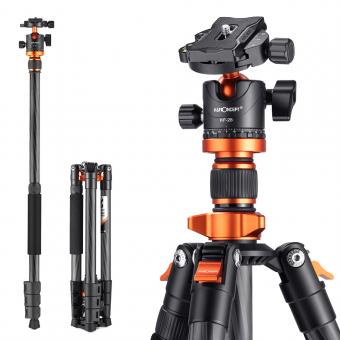


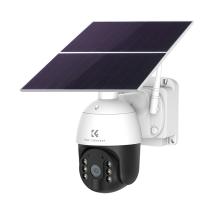


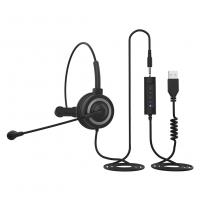
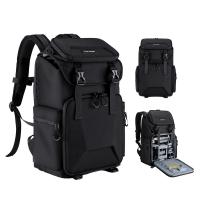




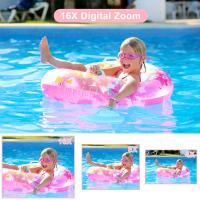
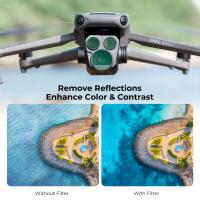

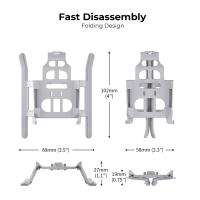
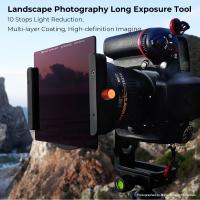

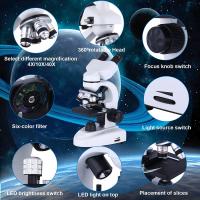
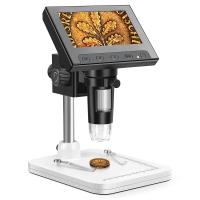
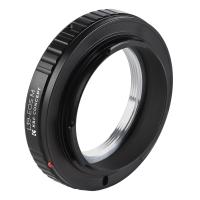
There are no comments for this blog.